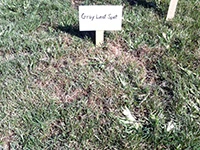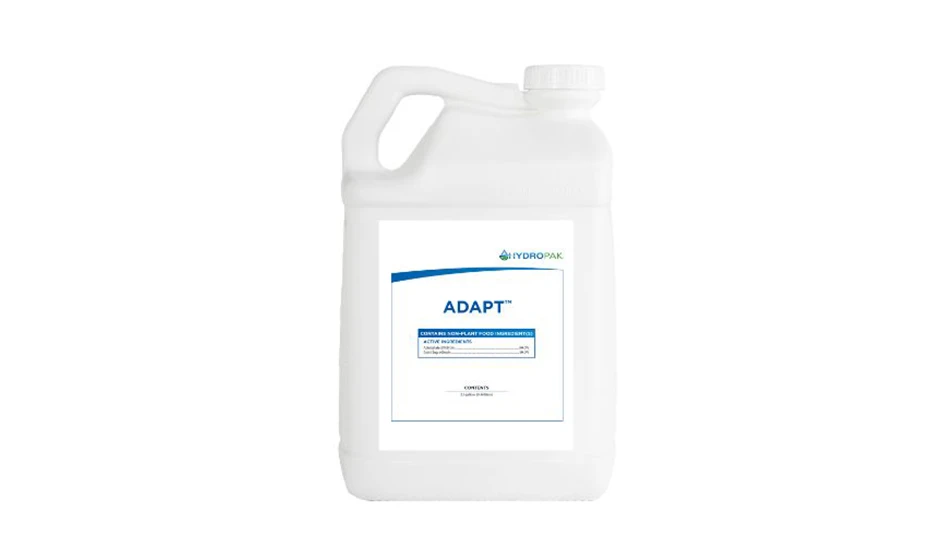
When turf appears to be drought stressed, but watering only makes it worse, superintendents need to consider the possibility of gray leaf spot. Dr. Jill Calabro, regional field development manager at Valent Professional Products, has studied the disease and offered insight into confronting the issue.
What has research shown about the causes of gray leaf spot?
Gray leaf spot is caused by the fungus Pyricularia grisea. Primary infections occur when spores are carried by wind currents from southern regions, and then it spreads locally, causing secondary infections. Perennial ryegrass and tall fescue are most susceptible.
What are the new ways of treating it?
Gray leaf spot is best treated preventively with fungicides, such as Tourney and several strobilurin fungicides. Care must be taken to rotate among chemistries and utilize tank mixes (with chlorothalonil), as fungicide resistance has been reported with this disease. Curative control measures may not be as effective as this disease progresses very quickly.
How can a superintendent recognize it?
Typical symptoms include round, tan spots on grass blades with a dark brown border. From a distance, the turf may appear drought-stressed. It can be easily confused with Pythium blight, and a definitive diagnosis from a reputable lab is recommended prior to treatment.
What can superintendents do to avoid it?
Treat preventively with fungicides when environmental conditions are ideal for gray leaf spot development, starting late June to early July in some areas. For example, the pathogen can infect when temperatures are 70-95 F and have 14 hours of continuous leaf wetness. Selection of resistant grass cultivars will help minimize infections. Proper mowing (collect clippings), fertilization (avoid excess N), and irrigation (early morning as opposed to afternoon/evening) and enhancement of air circulation (fans, tree & shrub pruning) will also help.
Are there areas of the country that see more/none of it?
The transition zone is particularly susceptible to gray leaf spot. Extreme northern regions do not see as much, if any.
How about the course? Certain areas gray leaf spot is likely to appear (greens, tees, fairways, rough, etc.)?
Look for areas prone to long periods of leaf wetness.
Latest from Golf Course Industry
- Envu Superintendent Grant Program sending 10 members to 2025 GCSAA show
- Editor’s notebook: Let’s chat about AI
- Wonderful Women of Golf 43: Melissa Gugliotti
- This month on Superintendent Radio Network: December 2024
- Mark Hollinger, ASGCA, dies at 70
- Tartan Talks 102: Chad Goetz
- Don’t fly by the seat of your pants
- Golf Construction Conversations: Reed Anderson





